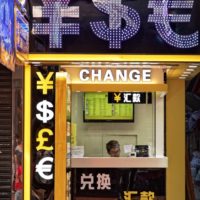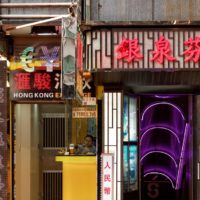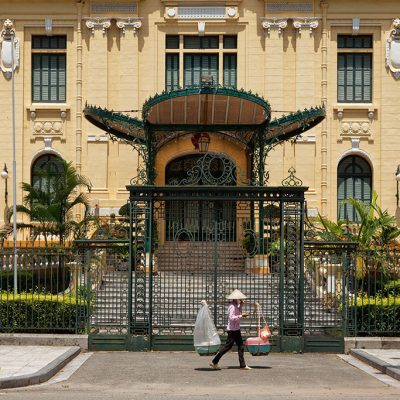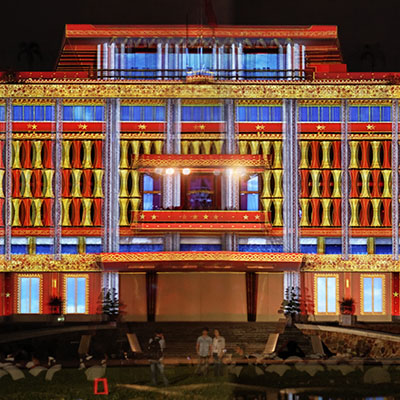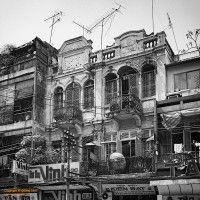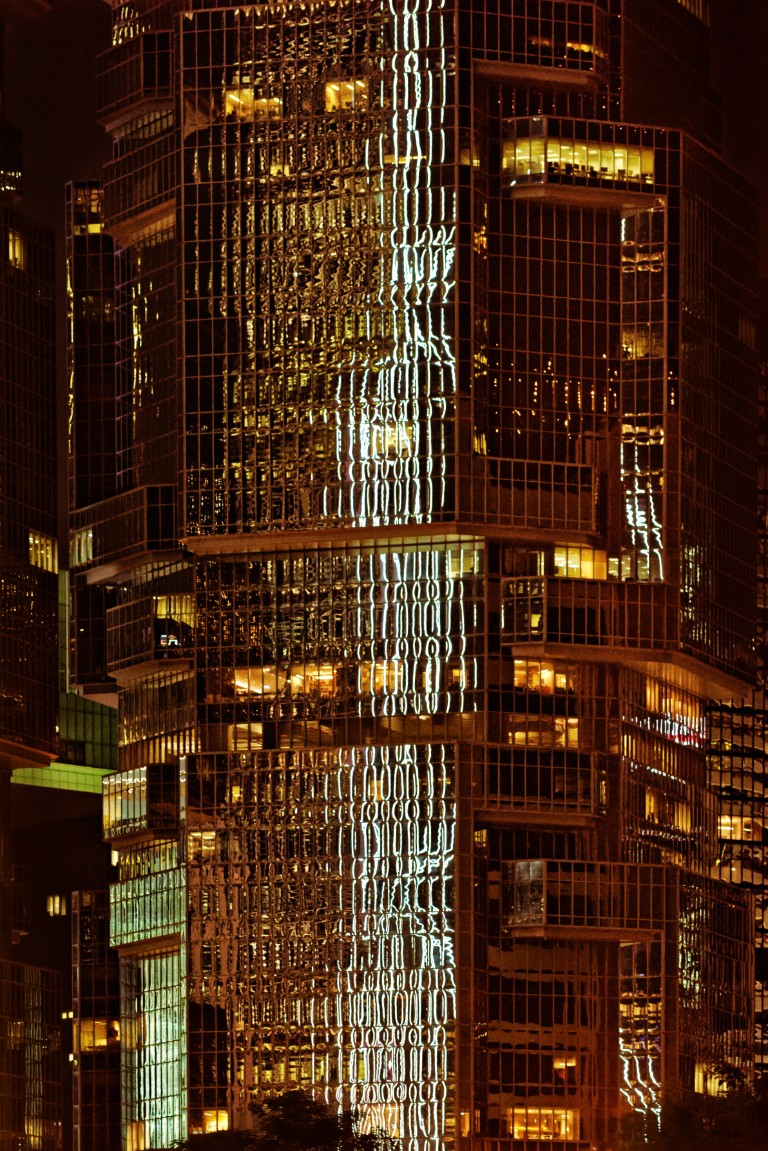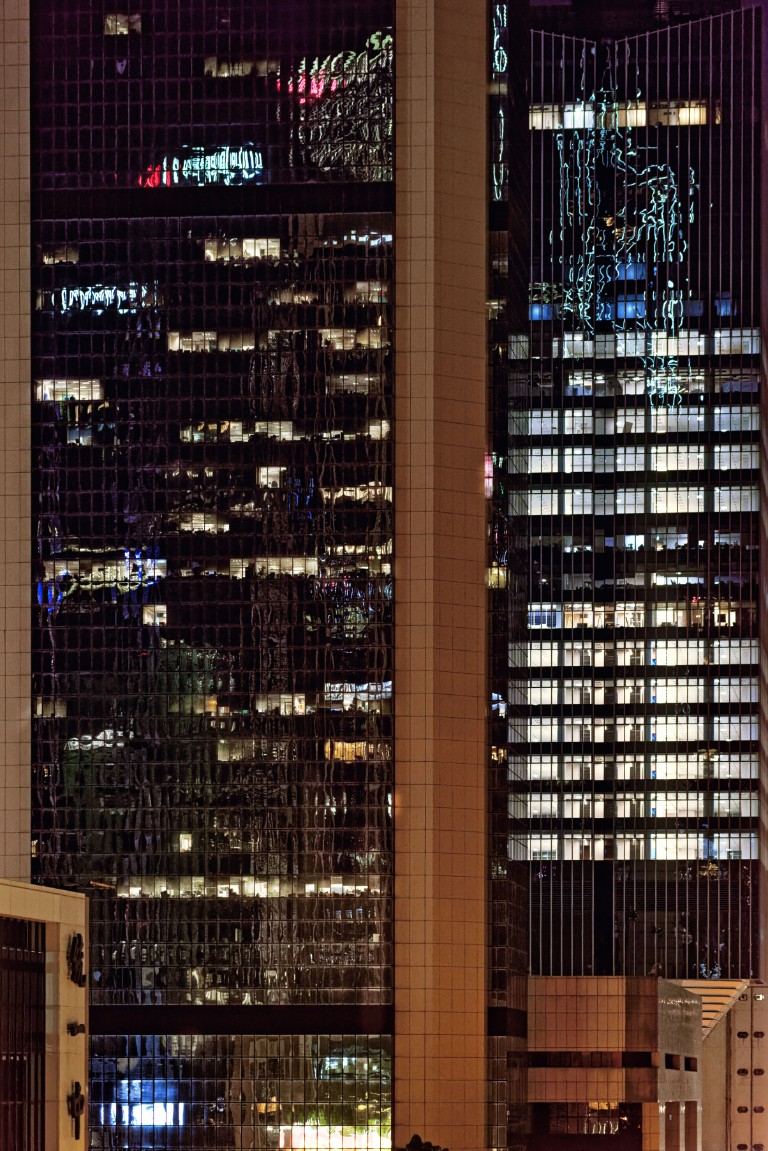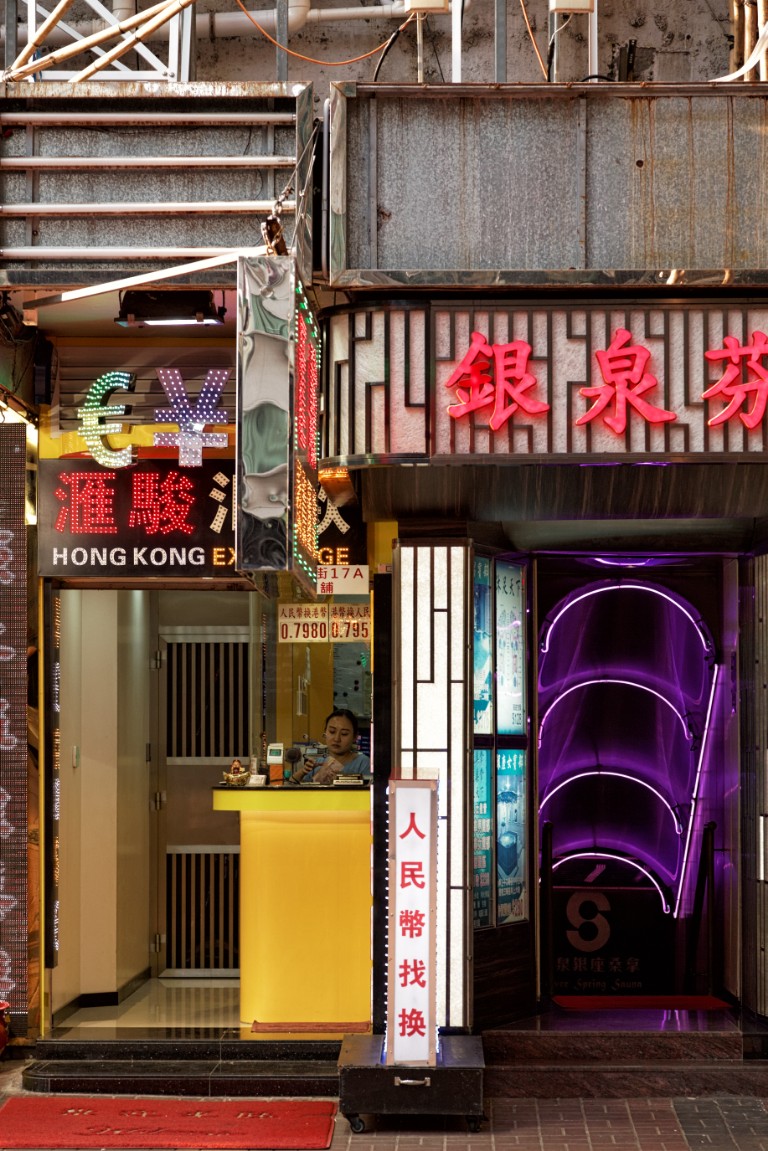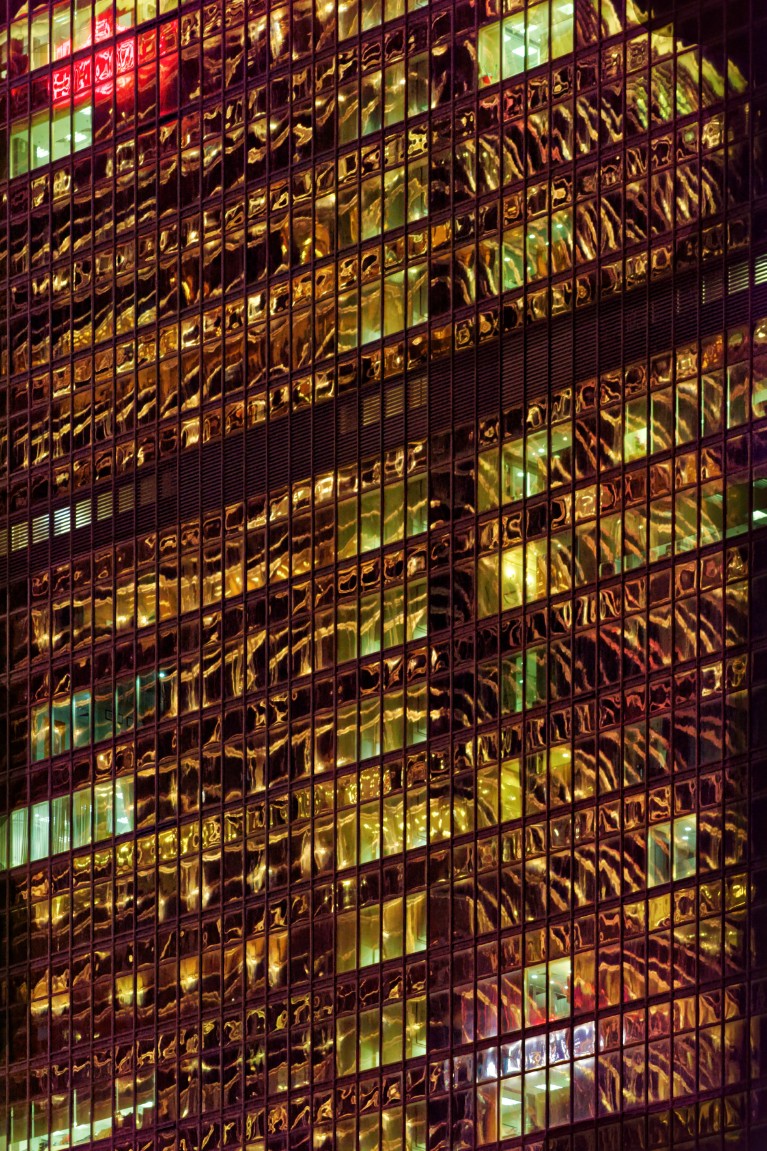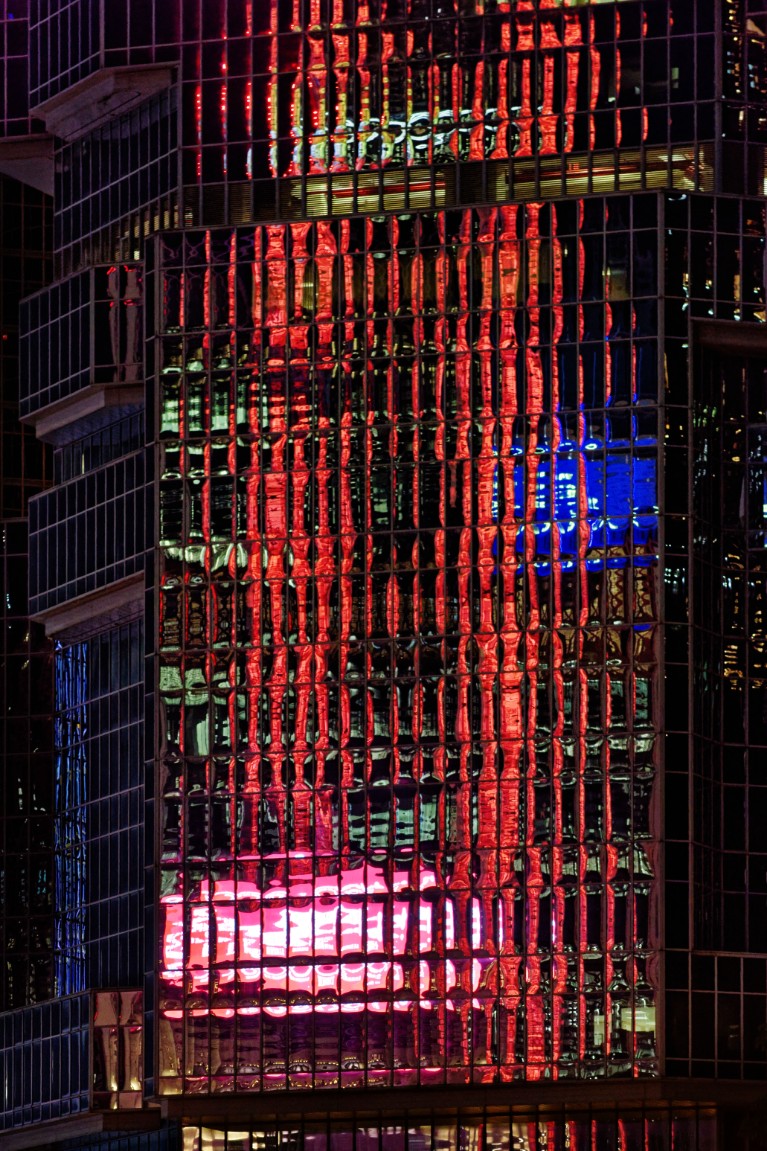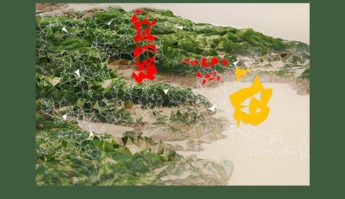
Series – Fractal Finance, displayed at the Biennale Photo Hanoi 2025
Skyscrapers in Hong Kong are among the most iconic and impressive in the world, reflecting the city’s status as a major global financial hub and urban marvel. Hong Kong boasts one of the highest concentrations of skyscrapers globally, with over 7,000 buildings exceeding 100 meters in height.
To shape its iconic skyline with a more distinctive style, several renowned architects such as I.M. Pei for the Bank of China, N. Foster for the International Commerce Centre (ICC), Kohn Pedersen Fox for the bank of Shanghai and others architectural firms have been engaged by these institutions to deploy their magnificence and show their power.
Following the most famous Bauhaus principle “”Form Follows Function”, the series “Fractal Finance” anonymizes these architectural marvels shapes by reducing them into the patterns of uniform windows repeating themselves indefinitely. It means that the shape of a building is primarily based on its intended function.
This process of decomposition is then visually revealing the internal mechanism of the financial behavior : market trends, risk dynamics, and investor decisions, can be observed at various levels—from individual traders and firms to entire markets and economies—mirroring the self-similar property of fractals. They are often created by repeating a simple process over and over again, and they can exhibit intricate and detailed structures regardless of how much we zoom in.
Photographs of exchange offices—box-like structures adorned with symbols shows the most powerful currencies used in world trade shows. “Fractal finance” is not merely an abstract concept; its impacts are deeply woven into the fabric of our daily lives, such as these employees in these exchange offices. “Fractal Finance” is questioning our capacity to “change” the system—particularly our willingness to share and distribute its abundant wealth.
Captured during the 2019 protests in Hong Kong, this series also resonates as a reflection of the youth’s desire not merely for monetary change, but for the transformation of ideas and perspectives. Its relevance endures today, as the world remains largely molded and propelled by economic forces and conflicts on tariffs in world trade, highlighting the ongoing struggle for equity, understanding, and meaningful change.



